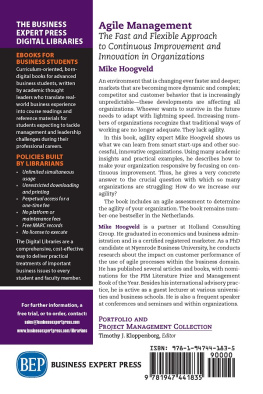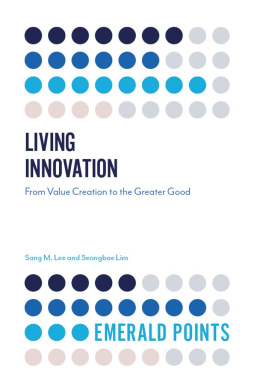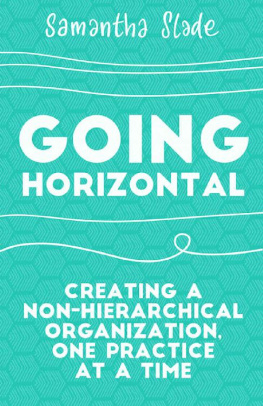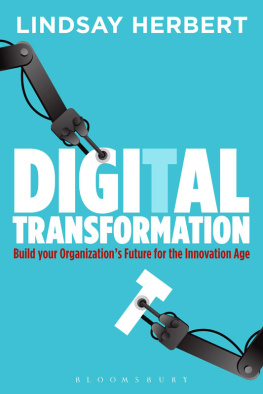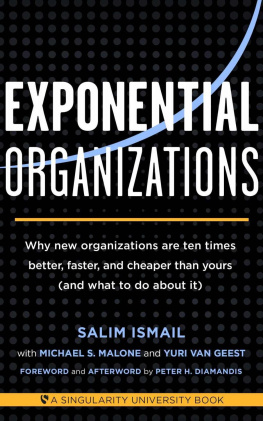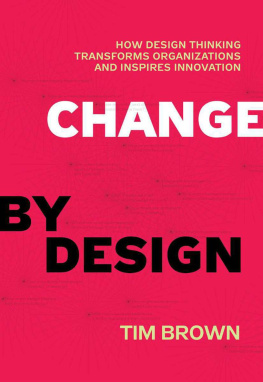CHAPTER 1
FLYING WITH THE SUN
The leg from Nagoya, Japan to Hawaii was estimated to last at least 120 hoursa total of 5 days and 5 nights. No pause, and just one pilot. On June 28, 2016 it was Andr Borschbergs turn to fly the planeas part of a record-breaking mission to circumnavigate the world without fuel that he and his collaborator, a Swiss explorerBertrand Piccard had embarked on in March 2015. After 2 months of waiting for the perfect weather to cross the Pacific Ocean, Andr was finally given the green light to take-off. Japan to Hawaii was to be the longest leg of the entire journey and if any issues occurred, Andr could return to Japan within the first 7 hours after takeoffbut after that, given the prevailing winds, the Solar Impulse 2 would reach a point of no-return (see Figure 1.1).

Source: Solar Impulse | Revillard | Rezo.ch; used with permission of the Solar Impulse
Foundation.
Figure 1.1. The Solar Impulse journey.
A few hours after takeoff, the autopilot monitoring the system indicated an issueAndr could not be awakened automatically by the system if turbulence hits while he slept (the pilots could nap for a short period of time while in flight). But despite fixing the problem shortly after it was detected, the good weather over the Pacific and the perfect functioning of the plane, the engineering team insisted that Andre turn back. Had the plane returned to Nagoya, the grand adventure would probably have been delayed for months and even ended. On that day, the team whose success depended on flawless cohesion was in deep disagreement on how to proceed. The engineers having spent years designing and building the unimaginable plane wanted to bring their baby to safety and follow all the procedures meticulously. The other half of the team wanted to keep their dream alive. The tension was strong.
While in continuous dialogue with everyone on the team, Andr as the pilot in command decided to take the risk and keep going. In real-time, everyone had witnessed the debate, the thinking process and emotions through the continuous exchangesexposed in real time what everyone thought and felt enabling a full commitment to the leap of faith decision finally made by Andre who announced to the team Lets do this! When that decision was finally made, there were no further disagreementsthe core tensions had been resolved. The flow of conversations and exchanges enabled full commitment to the calculated leap of faith once the final decision by Andr, lets do this! was announced (see Figure 1.2).
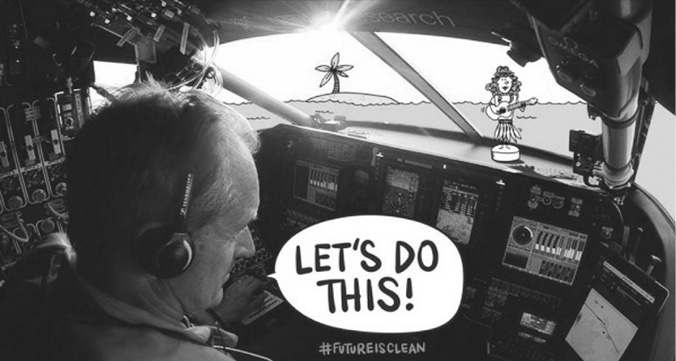
Figure 1.2. Andr Borschberg making the call to continue the trip on June 29, 2016.
On June 29, 2015, the Solar Impulse 2 successfully flew through its first night into the morning, when at sunrise its batteries started to recharge and use the sun to power its engines. Four days later, the plane finally touched down in Hawaii, breaking the worlds record for the longest solar-powered flight by both time117 hours 52 minutes and distance 7,212 kilometers (4,481 miles).
The overall mission was concluded successfully on July 26, 2016 with a landing in Abu Dhabi after competing 42,000 kilometers (26,000 miles) around the globe fueled only by the Sun. What is of interest,
Beyond the incredible feat itself, what was equally amazing is the way the Solar Impulse team had organized itself and carried out the complicated project work. Bertrand and Andr, the Solar Brothers as someone had called them, were the heart, gut, and mind of the mission. Although very different in the technical and professional backgrounds, together they became the inseparable braid sum much greater than its parts. Bertrand a psychiatrist by training started out more attuned to the human side, while Andr the engineer was more comfortable with the technical challenges of the mission (see Figure 1.3).
Combining or braiding the two different knowledge systems and two different predispositionsthe social and the technical, created a stronger combination of competencies necessary to lead a project of such colossal complexity, ingenuity, and innovativeness.
Innovation does not come from inside one system shares Bertrand, Its not the people selling the candles who invented the lightbulb. If you want to innovate, be a pioneer change your way of thinking. This is exactly what the Solar Impulse team did, propagating these constant shifts of thinking, hacking of rules, while braiding the mindsets, knowledge, and experiences.
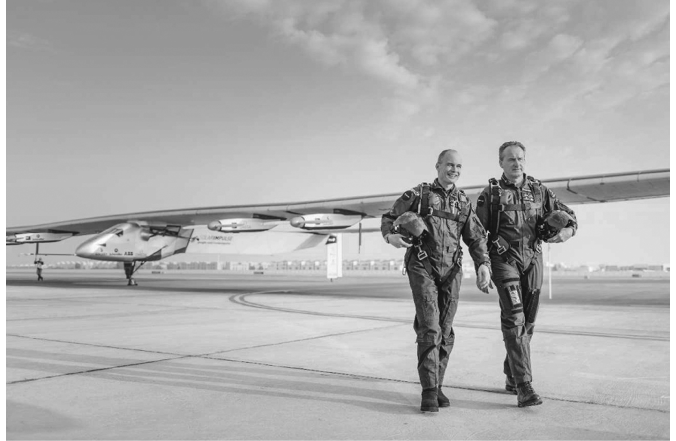
Source: Solar Impulse | Revillard | Rezo.ch; used with permission of the Solar Impulse Foundation.
Figure 1.3. Bertrand Piccard and Andr Borschberg pose in front of the Solar Impulse.
During the initial design of the plane structure, when the first feasibility study was performed and shared with some large aircraft manufacturers, all said this type of plane could not be built to the specifications required. That is when Andre started to look for experts from other domains who could apply their knowledge and skills to building an impossible plane structure. And he found Decision SA, a shipbuilding company that designed and built the racing catamaran ALINGHI for the Americas Cup.
Decision SAs knowledge and specialization in composite structure and carbon fiber was relevant to the structural requirements of the solar aircraft, especially its lightness. It took years to design and the structure but the final result was incrediblethe revolutionary clear energy plane hosted 17,248 solar cells, a wingspan wider than the Boeing 747 Jumbo Jet (72 m), weight of an empty family car (3,500 pounds), and the four electric engines that together generated the power of a small motorbike (40 horsepower). After years of hard work, the impossible dream had morphed into reality (see Figure 1.4).
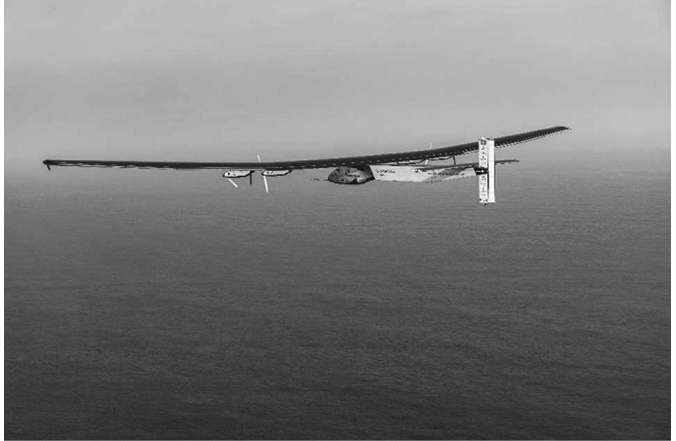
Source: Solar Impulse | Revillard | Rezo.ch; used with permission of the Solar Impulse Foundation.
Figure 1.4. The Solar Impulse in flight They didnt know it was impossible, so they did it. Mark Twain.
While the original idea belonged to Bertand and Andr and they continued to lead the project, there was no single organization behind it , no organizational chart, no Human Resources or Finance departments. The project was funded by sponsoring companies, some of whom also lent expert knowledge and digital tools. Others inspired by the pioneering purpose of the project volunteered and simply showed up. Members of the extended Solar Impulse team worked virtually and interdependently from multiple locations around the world. The complex project which included inventing, assembling, and flying the plane on solar batteries was managed by people who had never worked together before and owed no allegiance to one another.
The accomplishment of the mission was extraordinary in many respects. Certainly, it required multiple breakthroughs in design and technology that some thought could not be done. It also required levels of motivation and commitment from all those involved that was able to withstand extreme uncertainty, risk taking, and high pressure of the mission. And finally, it required an improbable organization to form and function at the very highest levels of cohesion and effectiveness, without adhering to traditional principles about what an organization should be.
Next page


